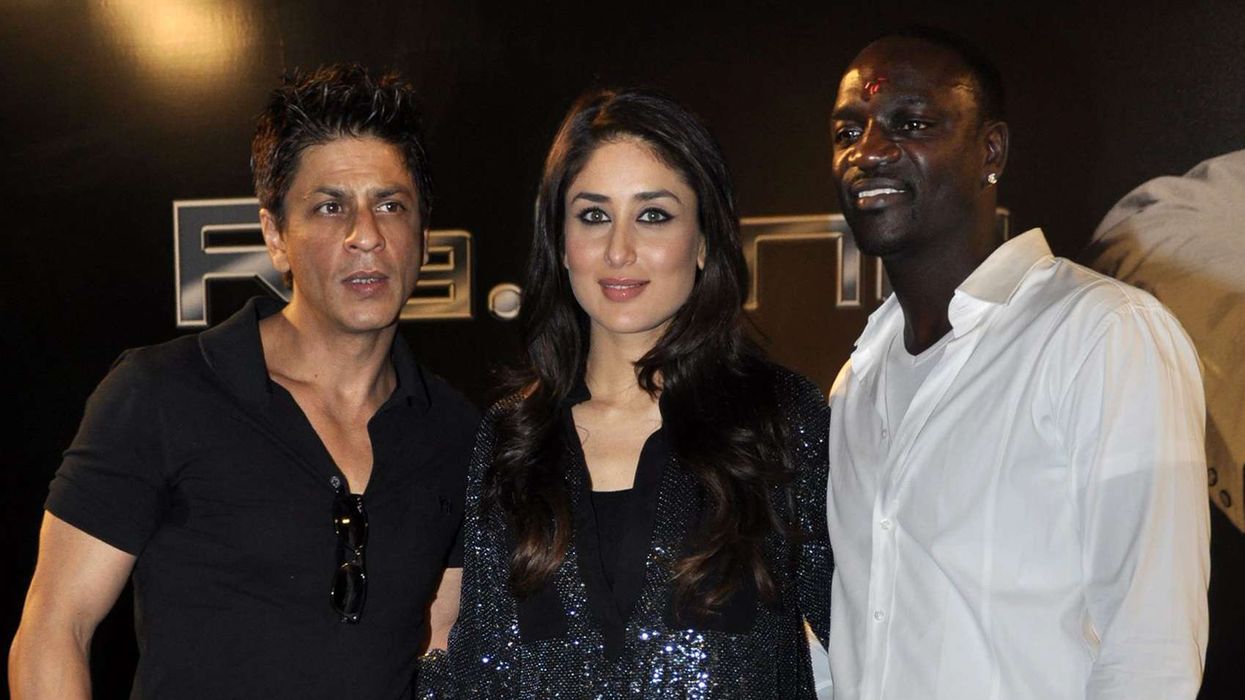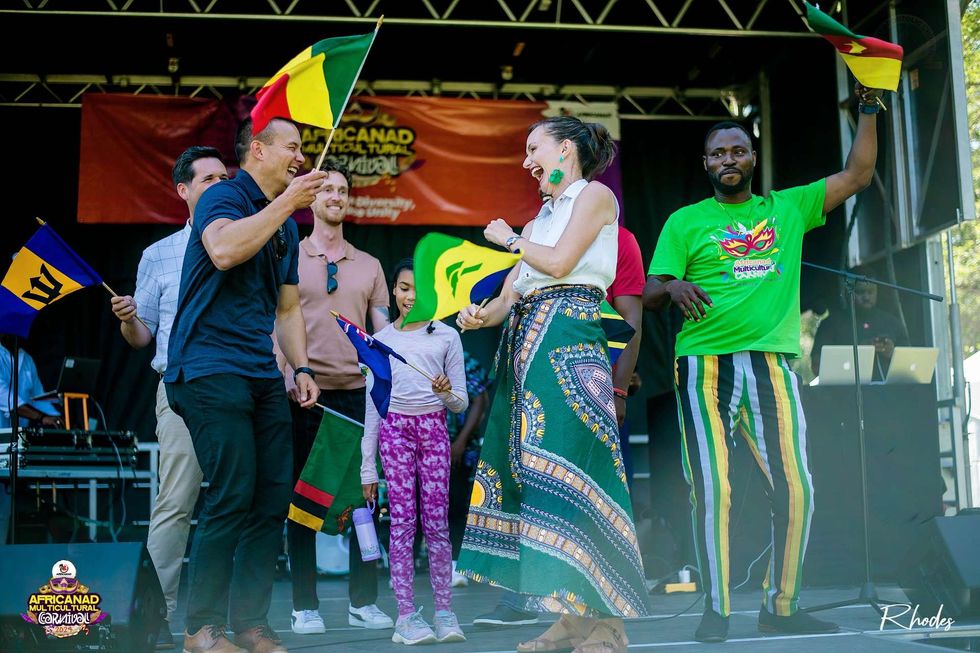By Amit Roy
THE government has been woefully slow in recognising that deaths from coronavirus have been disproportionately high among Asians.
Here at Eastern Eye, we have been highlighting this as soon as the trend became apparent. Now that the government has acknowledged there is a problem, it should not wait for the findings of an inquiry by Public Health England. It should act now to devise what Dr Chaand Nagpaul has called a “culturally sensitive” campaign targeted at the Asian community.
The chairman of the British Medical Association (BMA) council has also said that not recording the ethnic breakdown of Covid-19 victims would be a “scandal”.
What will such a campaign say that the mainstream one doesn’t?
For a start, it could emphasise that those who suffer from diabetes, heart and kidney ailments are especially vulnerable. Senior figures in the community, in addition to temples, mosques and gurdwaras, could be used to drive home the message that “social distancing” means something different in the Asian context. There is greater risk of the infection spreading precisely because of the closeness of family relationships.
It is worth recalling that Sudhir Sharma, 61, an immigration officer at Heathrow’s Terminal 3, and his daughter, Pooja, 32, a pharmacist, died on successive days.
Victims named last week included Dr Krishan Arora, 57, a GP in Croydon, and Amrik Bamotra, 63, a radiology support worker in Ilford, east London. There was also Anusuya Chandra Mohan, whose daughter, Jenifer, a nurse, was herself “fighting for her life in intensive care after her mum died of the same disease”.
There is Rajesh Jayaseelan, a 45-year-old Uber driver who possibly became infected after he picked up a passenger from Heathrow on March 25. He was the sole bread winner for his wife and two sons, aged six and four, who are in India.
I spoke to his friend Sunil Kumar, who has known Rajesh since their Bangalore days together. He told me that when Rajesh developed a cough he was thrown out by his landlord and had to sleep in his car before dragging himself to Northwick Park Hospital in Harrow.
All Sunil could do was to get a kind nurse to show both him in the UK and his family in India a video image of a sedated Rajesh on a ventilator shortly before he passed away. There is no question of the body being repatriated to India for the funeral.
Sunil has set up a fundraising page for his friend on www.gofund me.com/f/support-for-the-family-of-rajesh-jayaseelan.





 Ayodele Odeyemi
Ayodele Odeyemi This is why South Asia offers such vital lessons for African creators today
This is why South Asia offers such vital lessons for African creators today







‘Tailored virus drive can help minorities’